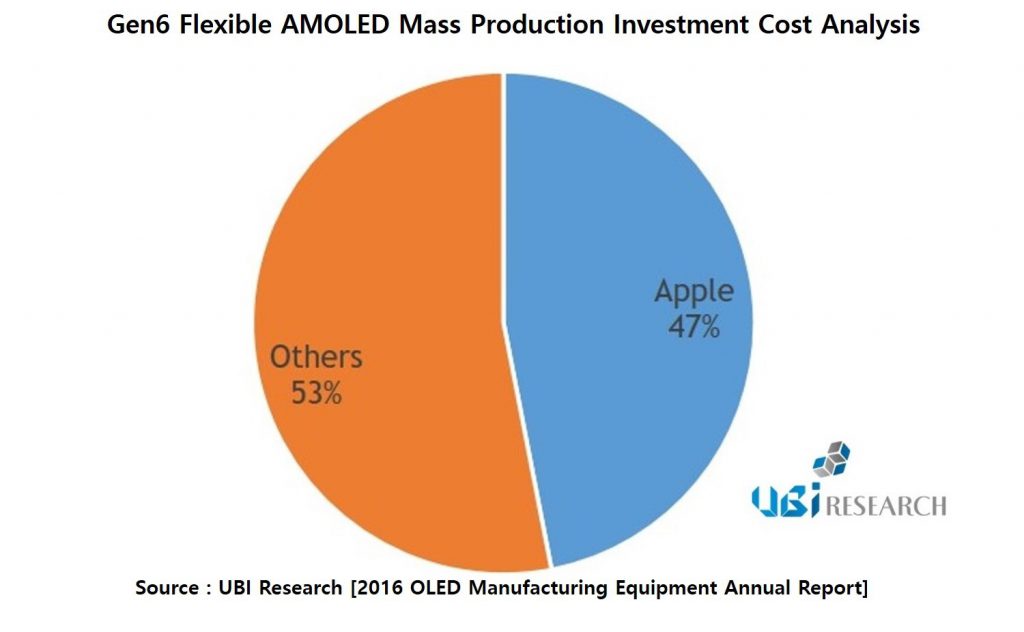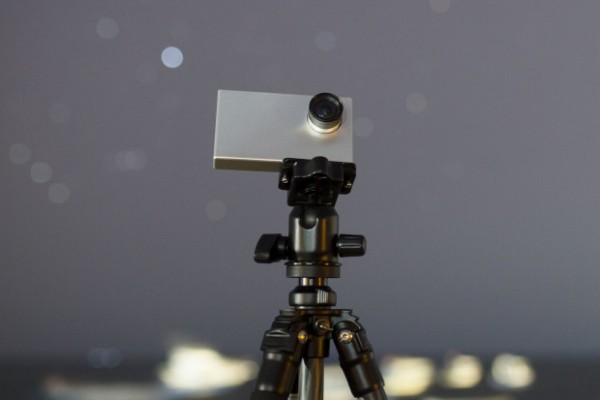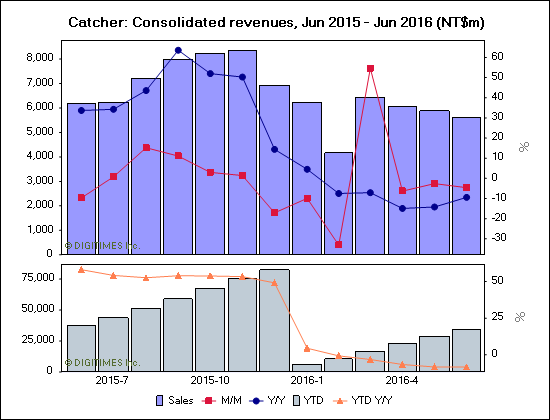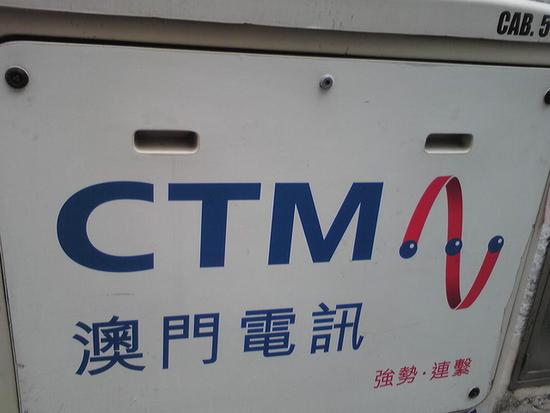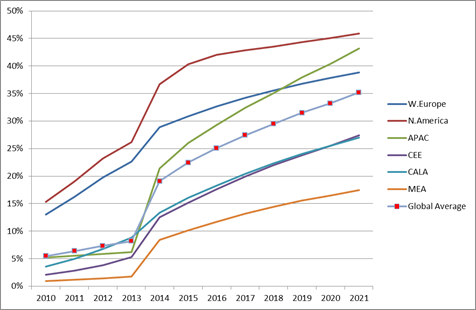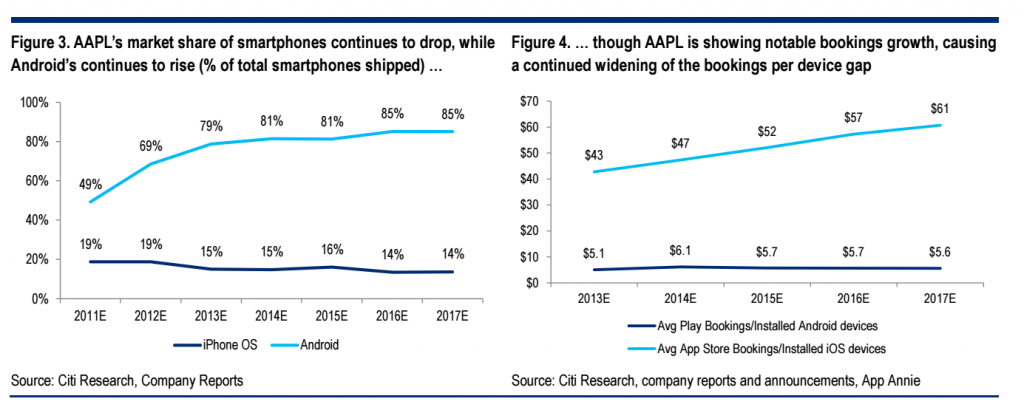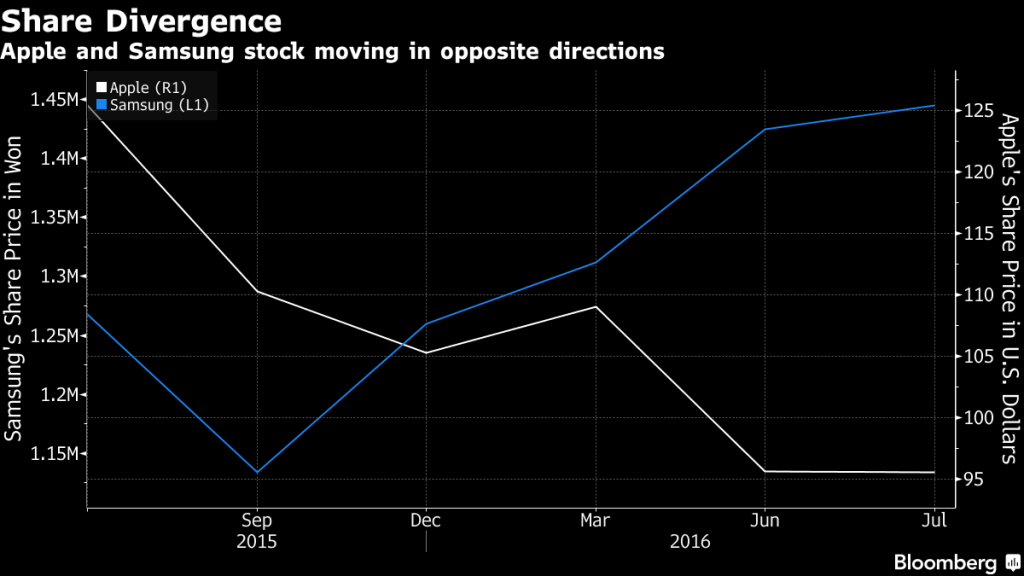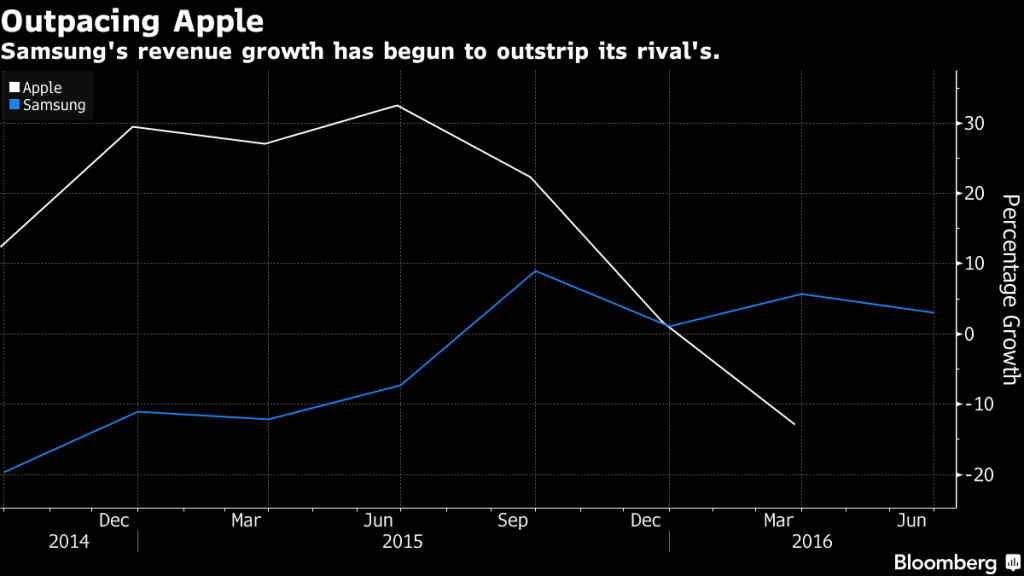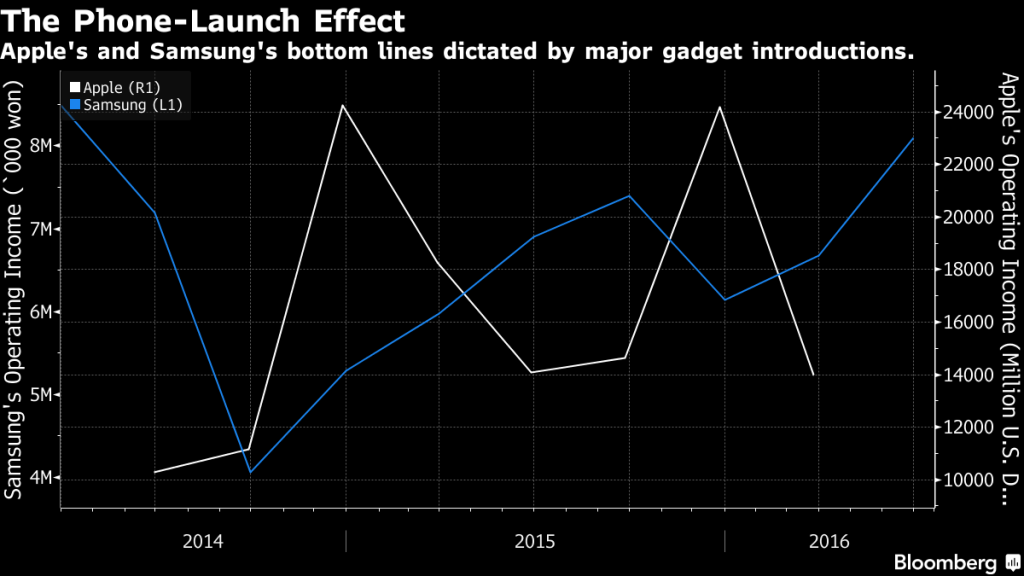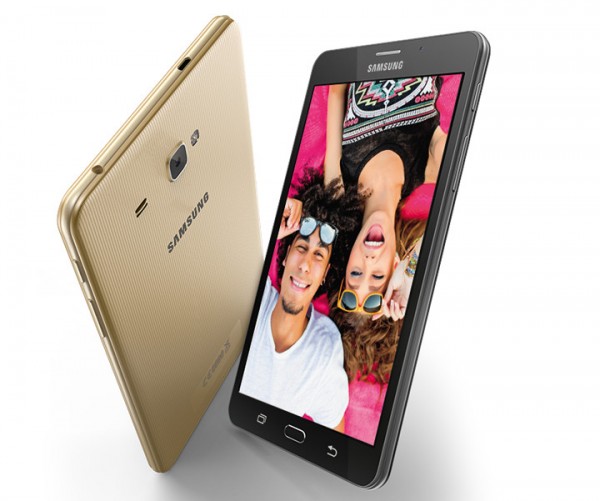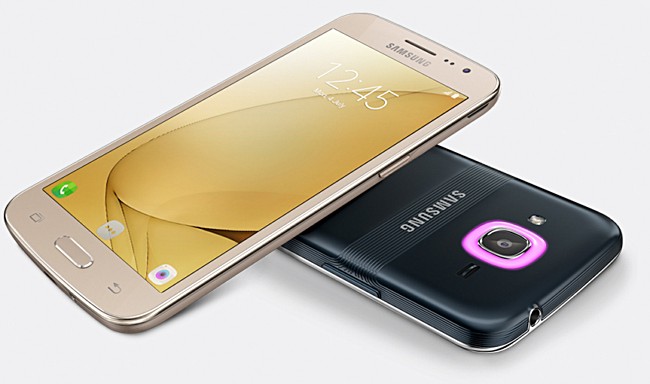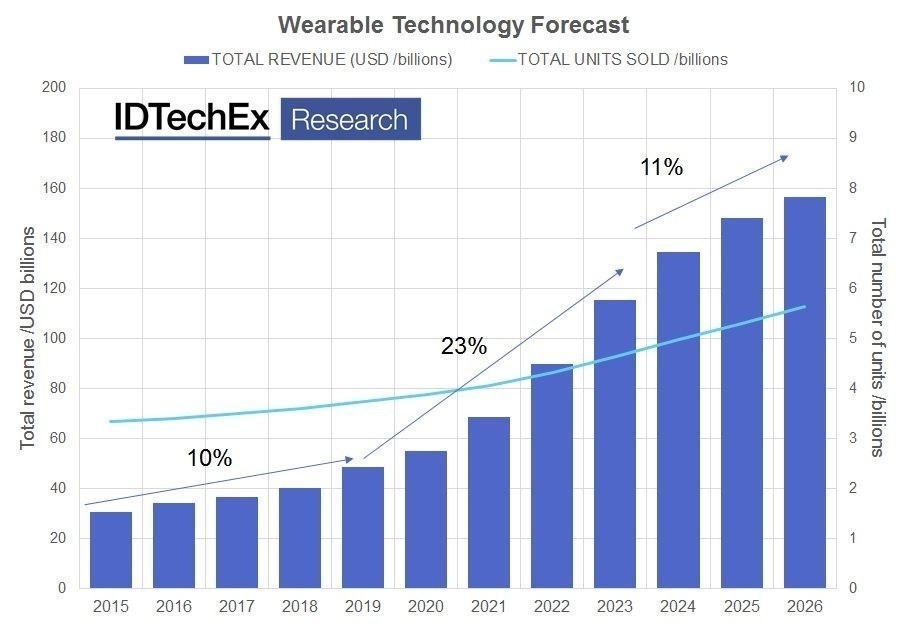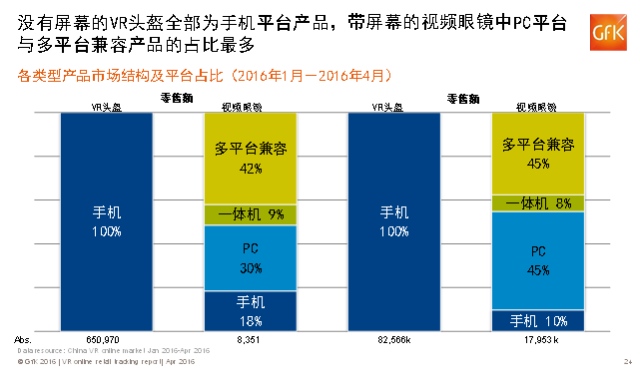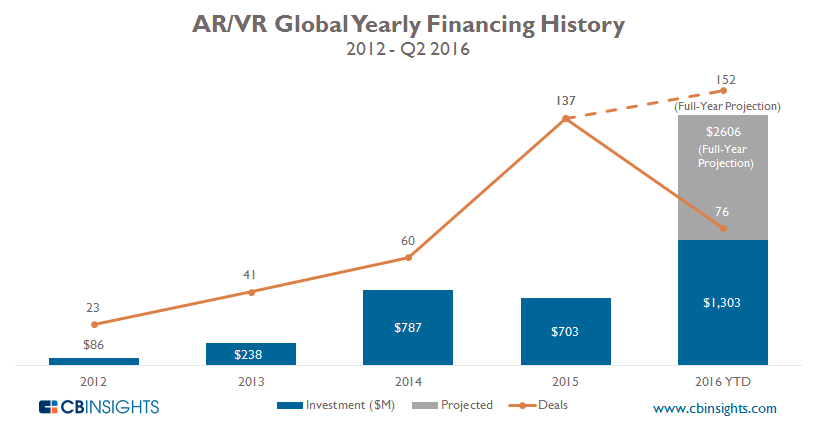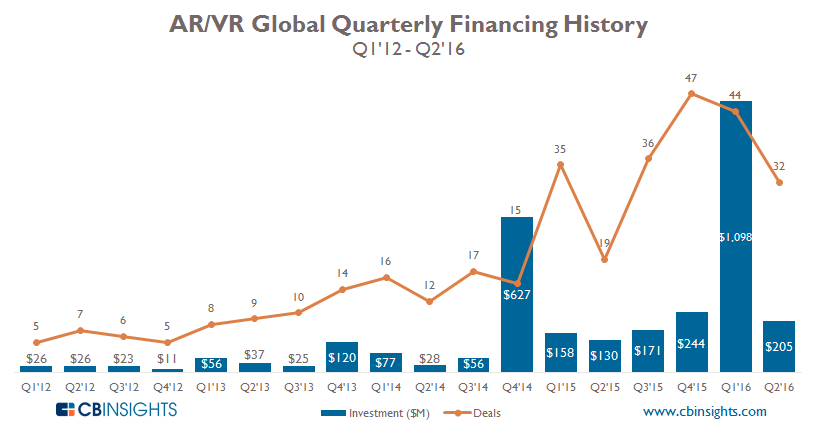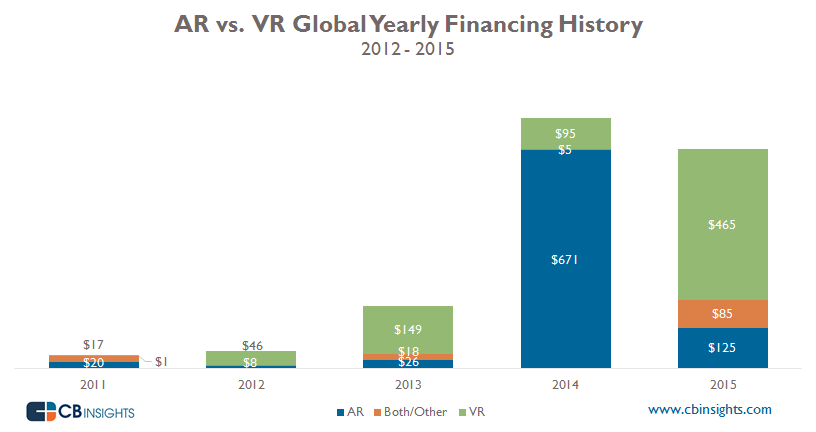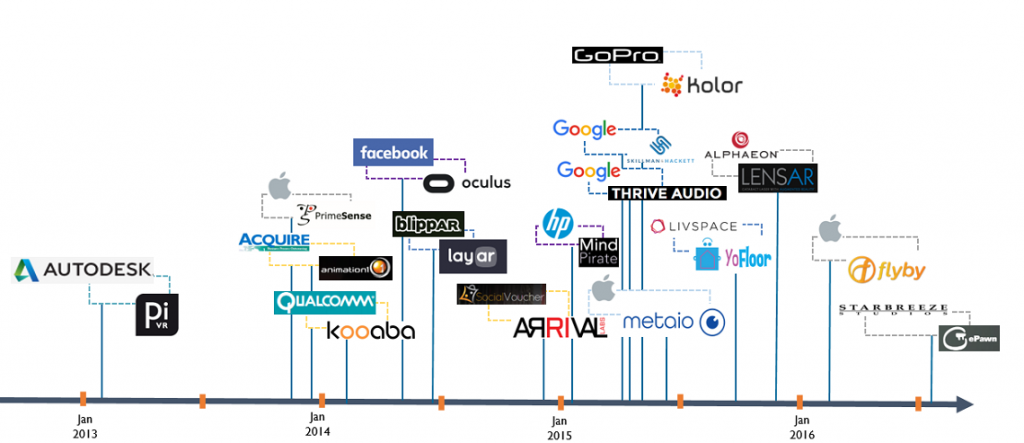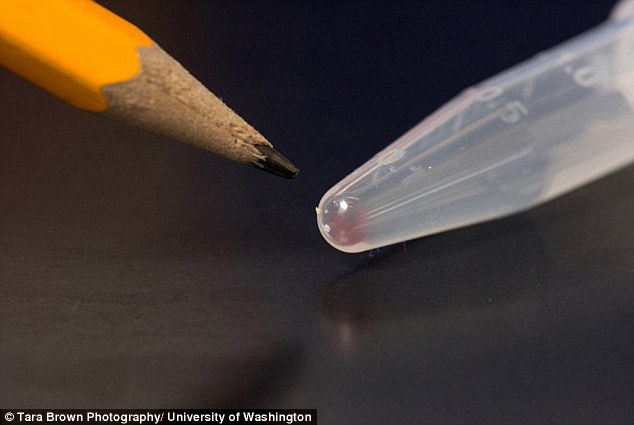
7-10: Samsung Display reportedly will start internal re-org on 15 July; LeEco will start selling products in U.S. within 3 months; Xiaomi puts their focus on retail shops instead of online channel; etc.
Samsung Display reportedly will start internal re-org on 15 July; Toshiba will expand the production of flash memory, aiming to increase production to 3 times the size of 2015 (in terms of capacity); LeEco will start selling products in U.S. within 3 months; Lenovo will not do low-end products for operators from 1Q16; Xiaomi puts their focus on retail shops instead of online channel; United Semi, which is a joint venture between UMC, Xiamen Municipal Government and Fujian Electronics and Information Group expects to start construction in mid-July 2016; etc.
|
Chipset |
| United Semi, which is a joint venture between UMC, Xiamen Municipal Government and Fujian Electronics and Information Group expects to start construction in mid-July 2016, and will be ready to go online by the end of 2016. The JV fab will initially offer 55nm and 40nm process technologies for DRAM production. (TechNews, Hexun, OfWeek, Digitimes, press, 4-Traders) |
|
Touch Display |
| According to UBI Research, Apple’s decision to adopt OLED displays in its iPhones will result in USD13 billion of production equipment orders by 2020. The capacity required for Apple will take up 47% of the global equipment market for 6-Gen flexible OLEDs (USD28.5 billion in the next 5 years, according to UBI). (OLED-Info, Korea Herald, UBI Research, press) |
| UMI has introduced a new display protection technology that is known as DG Twin Shield Technology, which is the combination of 3M Double Coated Foam Tape and custom made dual 2.5D glass. (Gizmo China, Giz China) |
| Samsung Display will reportedly completely separate groups that are in charge of LCD and OLED business respectively on 15 July. (TechNews, ET News) |
|
Camera |
| Tiny1 is a camera from TinyMOS billing itself as the “world’s smallest astronomy camera”. It uses a proprietary noise-reduction algorithm the company says will allow for improved image quality in low-light environments, and an augmented reality star map that can be overlaid on the touchscreen viewfinder to help identify stars and planets while shooting. (The Verge, TinyMOS, Huanqiu, Coolest Gadgets) |
|
Memory |
| Researchers at Microsoft and the University of Washington have stored a record 200 megabytes of data on strands of DNA. (CN Beta, Daily Mail, PC Mag, Microsoft) |
| Yasuo Naruke, President and CEO of Toshiba’s Storage and Electronic Devices Solutions Company indicates that the company will expand the production of flash memory, aiming to increase production to 3 times the size of 2015 (in terms of capacity). (TechNews, HQEW, Japan Times) |
|
Sensory |
| Massachusetts Institute of Technology (MIT) researchers have unveiled a new sensor that could save lives by detecting a build-up of toxic gas in an area, and then send that data to a connected mobile or wearable. The sensor is incredibly sensitive to toxic gas, able to detect 10 parts per million of gas in the air. (MIT, Read/Write, Wokeji) |
| Wearable devices can give away your passwords, researchers have warned. They say that by hacking movement sensors inside devices, hackers can gather enough information to guess what a user is typing. They say this could be an ATM PIN or even a password. (Android Headlines, Daily Mail, Android Truth, HC360) |
|
Battery |
| Sharp is expanding its solar cell operations in Asia by building large-scale solar farms and selling home solar panels in new markets. The company is partnering with companies in Mongolia, the Philippines and Indonesia to build megasolar power installations there, says Hiroshi Sasaoka, president of Sharp’s Energy Solutions Company. (TechNews, Nikkei) |
|
Material |
| Catcher, which is Apple’s partner on metal chassis components, reports that revenues fell 4.6% MoM, and 9.4% YoY, according to DigiTimes. The consolidated revenues for 2Q16 were NTD17.52 billion, up 4% sequentially, but down 12.9% on year. (Apple Insider, Digitimes, press, CN Beta) |
|
Connectivity |
| MIIT issued a document to allow Macau service suppliers to set up joint ventures or wholly-owned enterprises in the Mainland China to provide value-added telecommunications services. Thus, Companhia de Telecomunicacoes de Macau (CTM) will enter Mainland China. (CN Beta, 163) |
|
Smartphones |
| Worldwide revenue from mobile video will reach USD25 billion by 2021, according to the latest research by Strategy Analytics. Growth in mobile video revenue will be driven by advertisers seeking to reach an increasing audience of users that are consuming video on their smartphones and tablets. (199IT, Strategy Analytics, press) |
| Apple supplier Foxconn plan of building a factory in India is on-going, and the factory in Maharashtra expects to start production end of this year. The full plan will complete within 5 years. It seems “Made in India” iPhone will start production at the soonest end of this year. (CN Beta, TechNews, Economic Times) |
| Microsoft Surface Phone reportedly is ARM-based, to be powered by Qualcomm Snapdragon 830, and will focus on Continuum, targeting enterprise segment. (CN Beta, Softpedia, ZDNet) |
| According to research firm Dscount, the average smartphone user taps, swipes and clicks their device a staggering 2,617 times each day. Among the heaviest users (the top 10%), that figure more than doubles to 5,427. (CN Beta, Tech Spot, Dscout, report) |
| Users on Apple iPhones and iPads spend more money on apps than Google Android users and the gap is widening, according to new research from Citigroup Global Markets analysts Mark May and Jim Suva. In 2015, they estimate that the average iOS device generated USD52 in App Store “bookings”, or sales. The average Android phone only generated USD5.70 for the Google Play store. (Business Insider, report, CN Beta) |
| LeEco has plans to launch itself as a brand in the U.S. in the next 3 months, according to a leaked internal memo signed by LeEco CEO Jia Yueting. (Android Headlines, China Daily, China Topix, ZOL) |
| Bloomberg has 3 charts, namely the stocks, Samsung’s growth, and product launches that illustrate increasingly divergent paths of Apple and Samsung—showing Samsung outshining Apple. (CN Beta, Bloomberg, article) |
| The vivo X7 officially launched on July 7 and sold over 250,000 units on its first day. (Android Authority, GSM Arena, Gizmo China, iFeng, Tencent) |
| Xiaomi CEO Lei Jun indicates that in the future, Xiaomi’s channel focus would be shifted from online to physical retail shop, and Xiaomi Mijia will continue to expand. Lei Jun also indicates that Xiaomi is currently in low-point, there is 3-month shortage on the supply chain. However, he also says after he starts handling supply chain personally, this would improve soon. (Sohu, CN Beta) |
| Coolpad Group has warned that it is expecting a first-half loss of HKD2.05 billion as a result of increased competition in the mainland and changes to a joint venture. (CN Beta, SCMP) |
| Lenovo CEO Yang Yuanqing indicates that 2 years ago Lenovo has chosen operators as the main channel. Lenovo’s products are competitive. Though they are mainly entry-level products, but with operator’s subsidy, the profits are still substantial. However, nowadays, the subsidy has decreased, and with market share dropping to lower than 30%. That is the main reason why Lenovo’s share drops. From 1Q16, Lenovo will not do low-end products for operators. (CN Beta, People) |
| Samsung Galaxy J Max is official in India – 7” 1280×800 WXGA TFT display, 1.5GHz quad-core processor, 8MP + 2MP cameras, 1.5GB RAM, 16GB storage, Android 5.1, LTE (VoLTE), 4000mAh battery, INR13400. (CN Beta, Samsung, India Times) |
| Samsung Galaxy J2 is announced in India – 5” HD display, 1.5GHz quad-core processor, 8MP + 5MP cameras, 1.5GB RAM, 8GB storage, Android 6.0, 2600mAh battery, INR9750. (GSM Arena, Samsung) |
| Samsung Galaxy J1 Ace Neo is announced – 4.3” WVGA Super AMOLED display, 1.5GHz quad-core processor, 5MP + 2MP cameras, 1GB RAM, 8GB storage, 1900mAh battery. (Phone Arena, Samsung, Times News) |
|
Wearables |
| LeVR, the virtual reality (VR) division of Chinese tech giant LeEco, is in a new round of financing worth CNY300 million (USD45 million). (CN Beta, 163, China Topix, All China Tech) |
| IDTechEx finds the overall wearables market to be worth over USD30 billion in 2016, with over USD11 billion of that coming from smartwatches and fitness trackers. However, despite the total market growing to over USD150 billion by 2026, It forecasts shake-ups in several prominent sectors, with commoditization hitting hard, and product form factors changing rapidly. (IDTechEx, press, Android Headlines, KUV8) |
| According to GfK China, In Jan-Apr 2016, majority VR products from online market are mobile VR headset, which occupies 99% and 83% of the overall retail market and retail value, respectively. The ASP is CNY127. Video glasses development is slow because of the lack of video content and expensive price, with 1% and 17% of retail share and value, respectively. The ASP is CNY2150. (199IT, GfK, VRZY) |
| According CB Insights, with the year only halfway done, 2016 has seen USD1.3 billion invested over 76 deals for AR/VR, which already translates to 85% growth over 2015’s funding total. At the current run rate, deal volume this year will grow by 11% over last year’s total. (CB Insights, press) |
| According to CB Insights, annually, funding has flip-flopped, with far more funding going to AR in 2014 (pushed by the USD542 million Series B to Magic Leap in 2014) and VR winning in 2015. VR funding grew by 391% in 2015, jumping from USD95 million to USD465 million, while AR funding fell by 81% to just USD125 million. (China Cloud, CB Insights, press) |
| Deals to AR/VR startups have seen a massive boom in recent years, with 2015 seeing a record 135 deals and USD700M in funding. CB Insights summarizes the acquisitions of AR/VR tech companies by tech giants. (CB Insights, press) |
|
Internet of Things |
| A research paper published last year by Michael Sivak and Brandon Schoettle of the University of Michigan Transportation Research Institute concluded that self-driving cars would have to pass a lot of standards before being allowed on the road, including tests in harsh weather conditions and unforeseen situations that could put both the driver and a third party at risk. There is no gradual learning curve like with humans. It is all or nothing. (TechNews, Business Insider, Tech Insider) |
